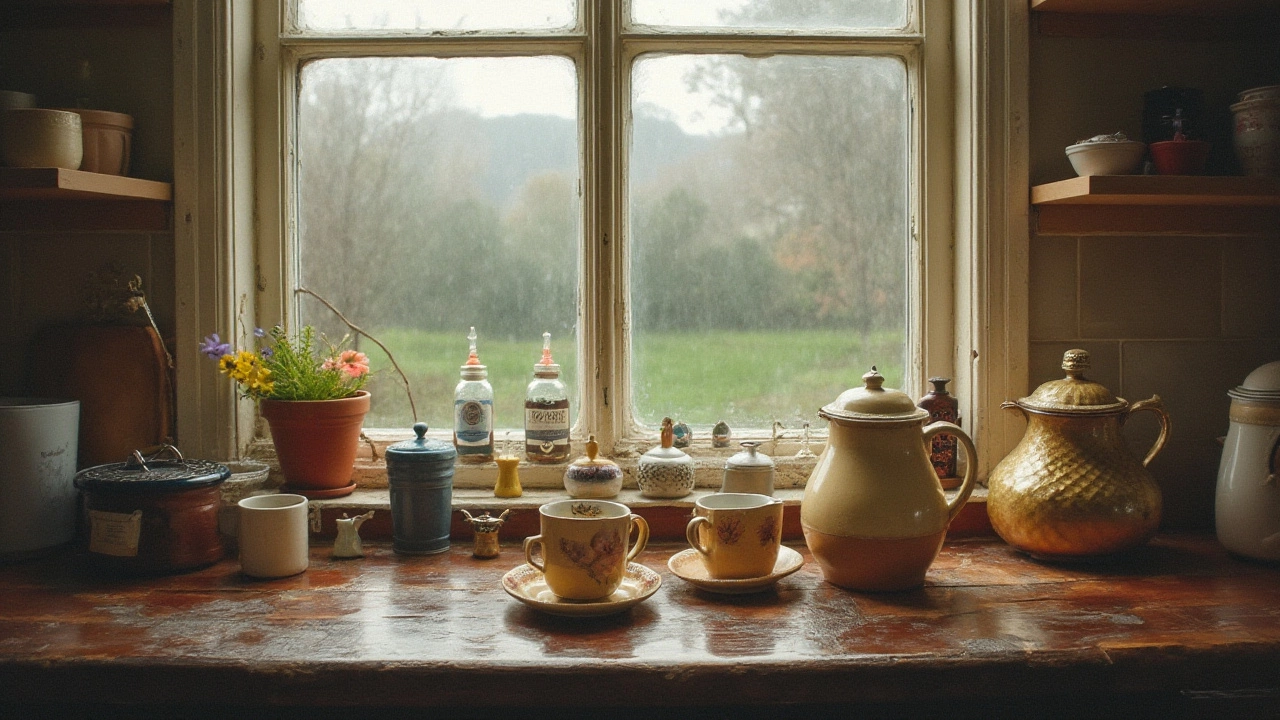Limescale Removal Tips & Tricks
If you’ve ever wiped a kettlescale spot off a glass or watched a water‑stained bathroom sparkle after a quick scrub, you know how annoying limescale can be. It’s the chalky residue left behind when hard water evaporates, and it loves to build up on taps, showerheads, tiles, and appliances. The good news? You don’t always need a pricey service to get rid of it. A few household items and a little know‑how can make most of the stubborn spots disappear.
Why Limescale Happens
Limescale forms when water contains lots of calcium and magnesium. As the water drips and dries, those minerals crystallise into a hard, white film. The more you use hot water, the faster the crystals grow – that’s why kettles, coffee machines and boilers are prime targets. Warm surfaces also speed up the reaction, so showers and dishwashers get coated quickly. Knowing the cause helps you pick the right cleaner and stop the build‑up before it spreads.
Easy DIY Methods to Ditch Limescale
Vinegar soak. White vinegar is acidic enough to dissolve calcium deposits. Soak a cloth in undiluted vinegar, wrap it around a faucet or place a bowl of vinegar on a kettle base, and let it sit for 30‑60 minutes. After the soak, wipe with a soft brush and rinse with water. This works on most metal and ceramic surfaces.
Lemon juice blast. If you prefer a fresh scent, lemon juice does the same job. Squeeze enough juice to cover the spot, let it sit for 15 minutes, then scrub with a non‑abrasive pad. Rinse well to avoid any lingering acidity on sensitive finishes.
Baking soda paste. For tougher stains, mix baking soda with a little water to form a thick paste. Apply to the limescale, let it bubble for 5‑10 minutes, then scrub gently. The mild abrasive action lifts the crust without scratching the surface.
Commercial descaler. When home remedies stall, a commercial descaling product can finish the job. Look for one that’s safe for the material you’re cleaning (most are fine on stainless steel and porcelain). Follow the label, wear gloves, and always rinse thoroughly.
After you’ve cleared the visible deposits, wipe the area dry to stop new crystals from forming. A quick dry with a microfiber cloth removes the last drops of water that could leave a fresh film.
While DIY tricks handle most everyday limescale, some situations need a professional touch. Large-scale build‑up inside pipework, stubborn furnace rings, or repeated stains that reappear quickly often signal a deeper issue. Fortis Cleaning Solutions offers a specialised limescale removal service using advanced equipment and eco‑friendly chemicals that break down mineral buildup without harming your fixtures.
Give your home a break from chalky spots by tackling the problem now. Grab a bottle of vinegar, a lemon, or some baking soda, follow the steps above, and you’ll see the difference within minutes. If the job feels too big, call Fortis – we’ll take care of the hard water stains so you can enjoy a spotless, fresh‑looking space without the hassle.

Is Limescale Fair Wear and Tear in End of Tenancy Cleaning?
End of tenancy cleaning often raises questions about what constitutes fair wear and tear, particularly with regards to limescale. Limescale build-up is a common issue in homes and can impact various household surfaces and appliances. This article examines whether limescale can be considered normal wear and tear or if tenants are responsible for its removal. Discover tips and best practices for managing limescale in rented properties, ensuring a smoother move-out process.
Read More